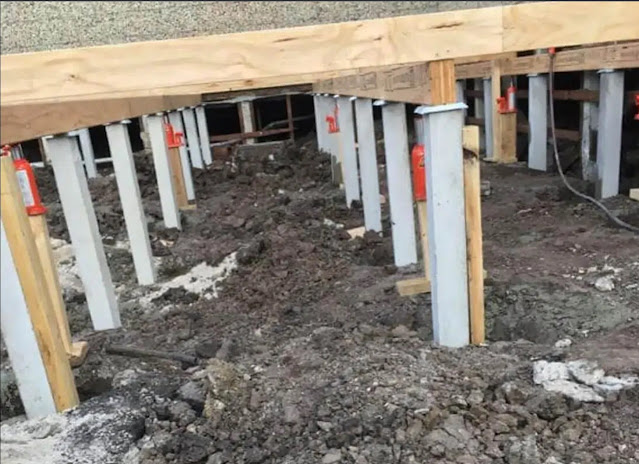Underpinning reduces the risk of failures in construction by providing support for the structure below. Hand piling is one of the most common underpinning methods and has several advantages. Hand piling is fast, efficient, and cheap, which makes it a good option for smaller projects. It also has a low environmental impact, making it an appealing option for green construction projects.
Underpinning in construction
Underpinning in construction is a critical part of the structure that supports the weight of the building above. It provides stability and prevents collapse during an earthquake or in the event of heavy rains or snow. The use of underpinning has been an essential part of construction for centuries, and there are many historical examples of this technology being used in buildings.
Underpinning can be either structural or non-structural. Structural underpinning is usually made up of a combination of steel reinforcing bars and concrete blocks, while non-structural underpinning uses only concrete blocks. Non-structural underpinning is typically used for lighter structures such as roofs, walls, and sidewalks.
Factors To Consider When Selecting Appropriate Underpinning For A Building Project
When selecting the appropriate underpinning for a building project, it is essential to consider several factors, including the nature of the soil, the type of construction being done, and the weight of the building. Additionally, it is essential to consider how likely any potential failure will be and what steps must be taken to prevent it.
Types of underpinning
It is an essential component of any building and can be classified in several ways. The most common type of underpinning used in buildings is concrete, which is typically placed on the ground to provide stability. Other underpins include steel beams and columns, which support heavy loads. In some cases, a building may be supported by more than one type of underpinning.
Benefits of using underpinning in construction
Underpinning is a critical part of any construction project. It provides support for heavy loads and can improve the stability of a structure. Underpinning also helps to keep buildings cool in hot weather and protects them from earthquakes.
There are many benefits to using underpinning in construction. These include:
Improving stability. It can help to stabilise a building during an earthquake or other heavy load, preventing it from collapsing or shifting.
Reduces energy costs. It helps to keep buildings cooler in hot weather, which reduces energy costs overall.
Protecting structures from damage. It protects systems from damage, such as when someone falls off a ladder, or a building collapses due to weather conditions.
Saving time and money on construction projects.
How underpinning was used to improve safety in a construction project
Regarding safety, nothing is more important than ensuring that the construction project is carried out safely and efficiently. Many measures are taken to achieve this, including the use of underpinning. Underpinning in Sydney is a vital part of any construction project, as it helps to ensure that the structure remains stable and does not collapse during use. Construction projects can be carried out safely and efficiently by using underpinning in conjunction with other safety measures, such as solid construction materials and proper engineering planning.

Comments
Post a Comment